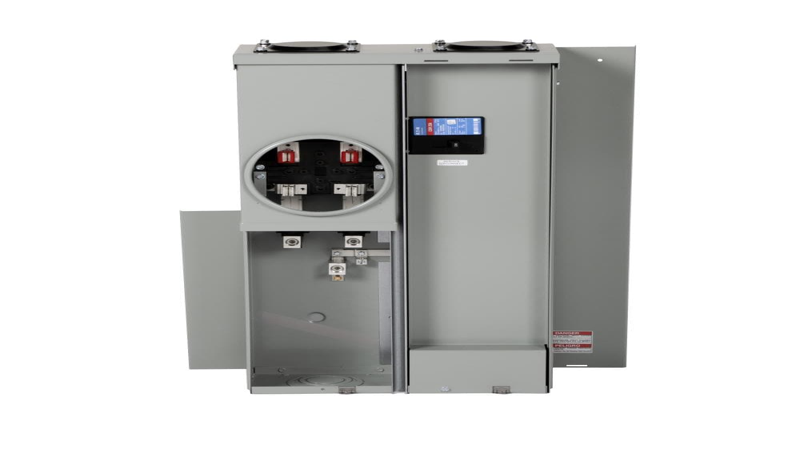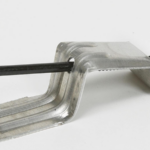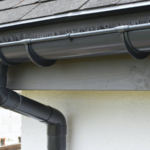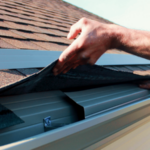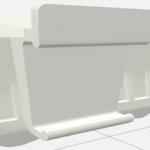It’s not recommended to install gutters in the rain because the rain can make the job more difficult. Plus, it’s more dangerous to be up on a ladder in the rain. However, if you must install gutters in the rain, make sure you wear proper safety gear and take extra precautions.
What should you not do when installing gutters?
- Don’t use substandard materials. This will only lead to problems down the road, so it’s not worth skimping on quality.
- Don’t cut corners. Again, this will only cause problems later on. Make sure you follow the instructions carefully and take your time to do the job right.
- Don’t try to do it yourself if you’re not confident in your abilities. This is a job best left to the professionals.
Can gutters be replaced in the winter?
Yes, gutters can be replaced in the winter, but it is not recommended. Winter weather can be unpredictable, and it can be difficult to find a contractor who is available and willing to work in the cold. If you must replace your gutters in the winter, be sure to take extra care to avoid injury and keep your property safe.
How do you tell if gutters are installed correctly?
First, check to see if the gutters are level. They should be installed so that they slope slightly towards the downspouts. This will ensure that water can flow properly through the gutters and into the downspouts.
Next, check the gutters themselves to see if there are any gaps or leaks. These can be caused by improperly installed gutters or by damaged gutters. If you see any gaps or leaks, it is best to call a professional to come and take a look.
Finally, take a look at the downspouts. They should be installed securely and should be free of any leaks or blockages. If you notice any problems with the downspouts, it is best to call a professional to come and take a look.
Is it OK to have standing water in gutters?
Water will eventually drain, even if it’s just a slow trickle.
Gutters are designed to shed water, so a little bit of standing water isn’t going to hurt them.
The weight of the water might cause the gutters to sag a bit, but they’ll spring back when the water is gone.
So, if you’ve got a little bit of water standing in your gutters, don’t worry about it too much. Just keep an eye on it and make sure it drains eventually.
How do I prep for gutter installation?
- Schedule your gutter install for a time when the weather is forecasted to be dry. This will help ensure that your gutters are installed correctly and won’t be damaged by rain or snow.
- Make sure that your gutters are the correct size for your home. Gutters come in a variety of sizes, so it’s important to measure your home before ordering gutters.
- Clear any debris from your gutters and downspouts. This will help ensure that your gutters are installed correctly and won’t be blocked by debris.
- Inspect your roof and repair any damage. This will help ensure that your gutters are installed correctly and won’t be damaged by a leaking roof.
Should drip edge be tight to fascia?
There are a few schools of thought on this one. Some people believe that the drip edge should be as tight to the fascia as possible in order to create a seal and prevent water damage. Others believe that it is more important to allow for some movement between the drip edge and the fascia in order to prevent cracking and other damage caused by expansion and contraction. Ultimately, it is up to the homeowner to decide what is best for their home.
How far away from house should gutters drain?
- The first step is to figure out the slope of your roof. This will help determine how far away from your house the gutters should drain.
- Once you know the slope of your roof, you can determine the size of the gutters you will need.
- The next step is to install the gutters. Make sure they are installed correctly so that they will drain properly.
- The final step is to test the gutters to make sure they are draining properly.
Conclusion
If you’re thinking about installing gutters on your home, you may be wondering if you can do it in the rain. The answer is yes, you can install gutters in the rain, but there are a few things you need to keep in mind. First, make sure you have the proper equipment and materials. Second, be sure to follow all safety precautions. And third, be prepared for a little bit of a mess.
